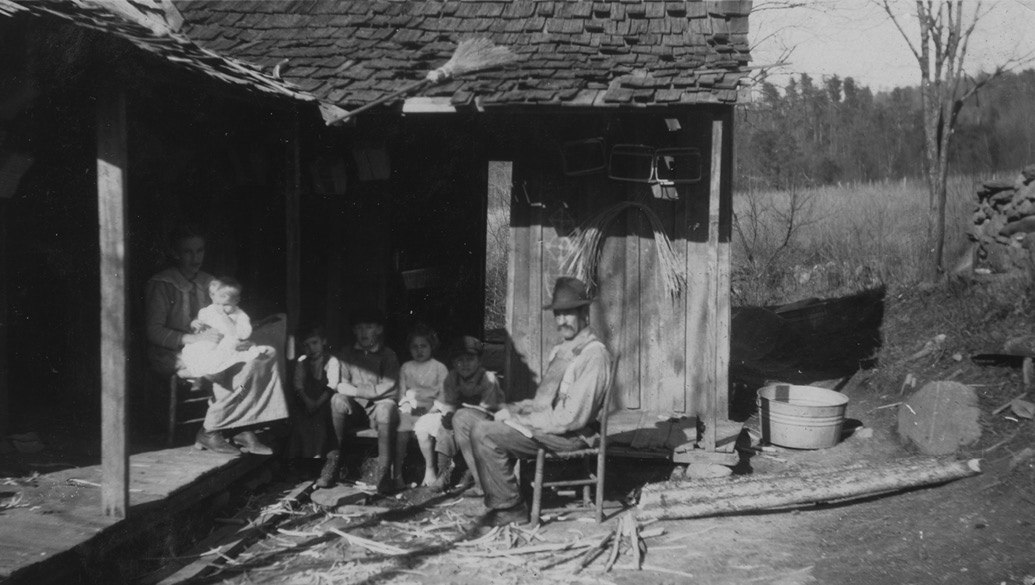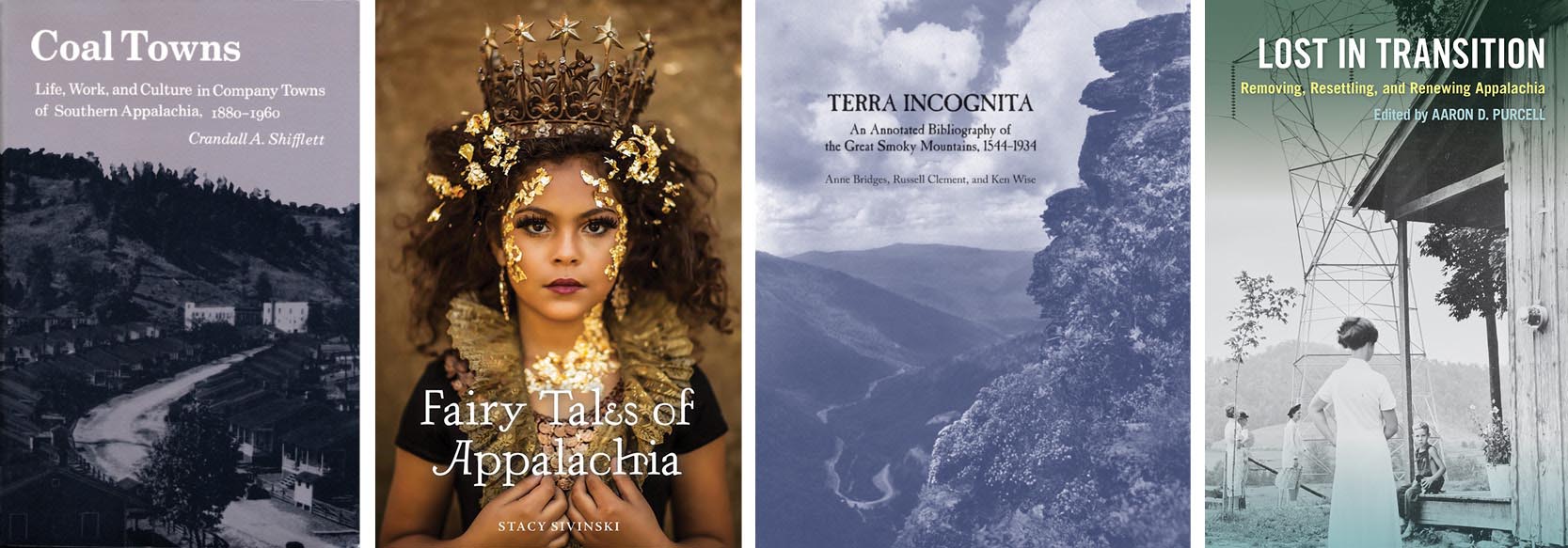Want to Learn More about Appalachia?

For years, Appalachia has both intrigued and mystified onlookers. Some narratives have painted the region with a singular view, stereotyping the native mountaineer as isolated, impoverished, and backward. But the region and its people are as diverse as its terrain and its music.

Want a more in-depth and nuanced look at Appalachia? UT Libraries’ research guide to Southern Appalachian Studies will help you identify the best databases, periodicals, bibliographies and reference works on Appalachia.
Don’t overlook the rare books and unique primary resources that reside in UT’s Betsey B. Creekmore Special Collections and University Archives — see Appalachia (Special Collections).
Selected images from UT’s special collections are viewable online. Digital collections that feature historical images of the Smoky Mountains include:
- Albert “Dutch” Roth Photograph Collection
- Herbert M. Webster Photograph Collection
- Fifty Years in Cades Cove Collection
- Thompson Brothers Photograph Collection
- William Cox Cochran Photographic Collection
The University of Tennessee Press publishes many titles on Appalachia. Here is a sampling:

Appalachian Gateway: An Anthology of Contemporary Stories and Poetry includes selections from the work of the region’s best-loved authors: Barbara Kingsolver, Ron Rash, Nikki Giovanni, Robert Morgan, Lisa Alther, and Lee Smith among others.
Appalachian Images in Folk and Popular Culture. Essays from the last 130 years on a range of topics — from moonshining to Kentucky feuds, from mountain handicrafts to changing dietary habits, from shingle making to serpent handling — show how attitudes toward the region have evolved.
Coal Towns: Life, Work, and Culture in Company Towns of Southern Appalachia, 1880–1960. Using oral histories, company records, and census data, Coal Towns paints a vivid portrait of miners and their families in southern Appalachian coal towns from the late 19th to the mid-20th century. What the families recall about the coal towns contradicts the popular image of mining life: compared to their earlier lives on subsistence farms, coal-town life was not all bad.
Fairy Tales of Appalachia. While taking a graduate course in Appalachian literature at the University of Tennessee, the author was surprised to discover that much of the folklore she had heard while growing up in Schuyler, Virginia, was rarely represented in popular published collections. In particular, they lacked the strong female heroines she had come to know. These tales have been passed down through Appalachia’s oral histories over decades and even centuries.
Lost in Transition: Removing, Resettling, and Renewing Appalachia presents case studies of public land removal and resettlement projects across southern Appalachia, from the 1930s through the 1960s.
Our Southern Highlanders. The most enduring image of the social and cultural heritage of the mountainous region of southwestern North Carolina is that popularized by Horace Kephart in Our Southern Highlanders (originally published in 1913) in which the native mountaineers are characterized as isolated, romantic, backward, and inhabiting a static and solitary place that Kephart christened “The Back of Beyond.”
A Smoky Mountain Boyhood: Memories, Musings, and More. Author Jim Casada pairs his gift for storytelling and his training as a historian to produce a highly readable memoir of mountain life in East Tennessee and western North Carolina. His stories evoke a strong sense of place and reflect richly on the traits that make the people of Southern Appalachia a unique American demographic. Casada discusses traditional folkways; hunting, growing, preparing, and eating wide varieties of food available in the mountain region; and the overall fabric of mountain life.
Terra Incognita: An Annotated Bibliography of the Great Smoky Mountains, 1544–1934. Terra Incognita is the most comprehensive bibliography of sources related to the Great Smoky Mountains ever created. Starting with the de Soto map of 1544, the earliest document that purports to describe anything about the Great Smoky Mountains, and continuing through 1934 with the establishment of the Great Smoky Mountains National Park, this volume catalogs books, periodical and journal articles, selected newspaper reports, government publications, dissertations, and theses published during that period.